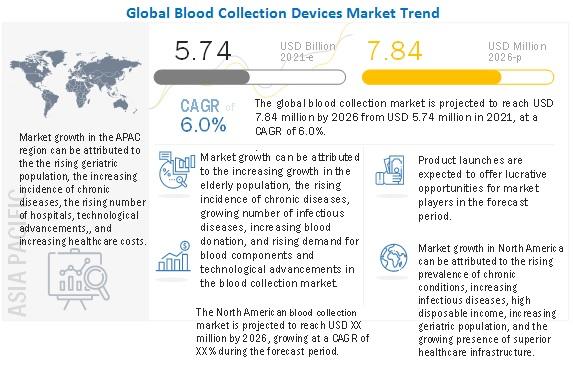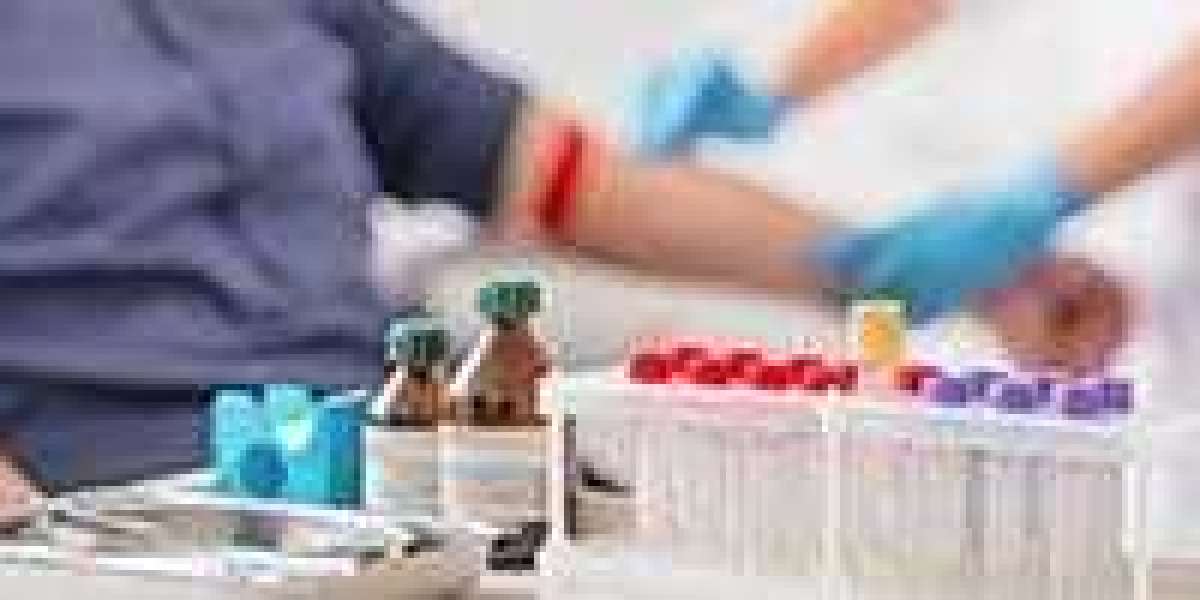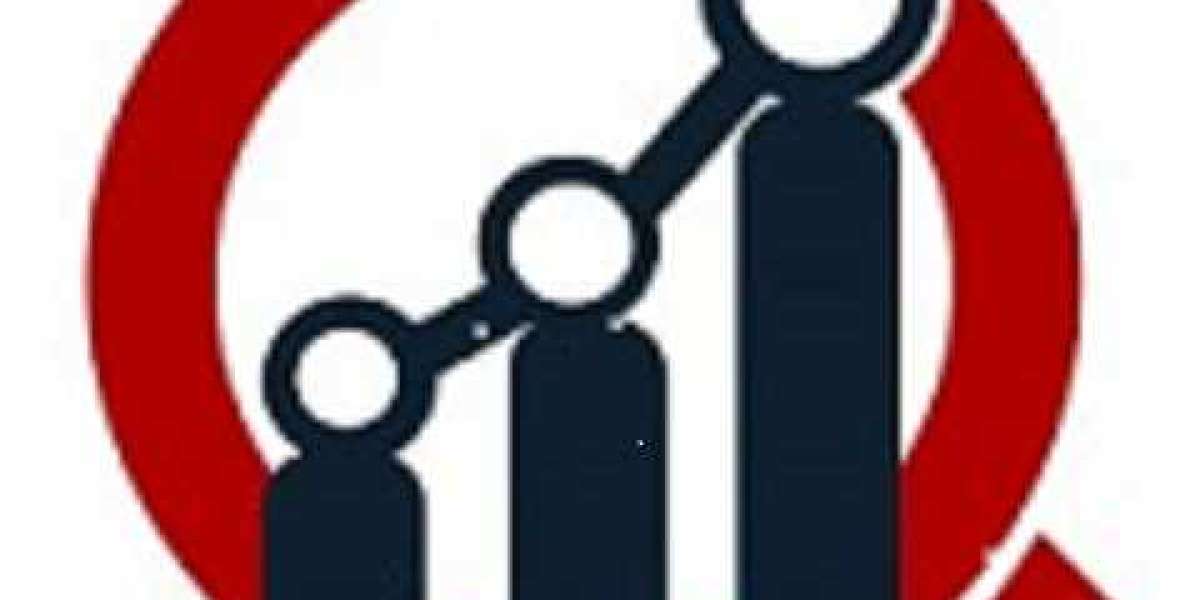The major factors driving the growth of this market include the increasing incidence of infectious diseases, the rising number of accidents trauma cases, the emergence of liquid biopsy tests, and a demand for blood donations and blood components.
Both hospital and independent laboratories are generally reviewing each test to decide whether to recommend consultations with laboratory hematologists for tests with a higher risk profile or not offer tests that could not be performed safely.
This affected the market negatively in the first few months of the pandemic, reducing the use of blood collection devices. However, increasing caution and the rising testing volumes, along with the need for regular health and body checkups will ensure market growth in a later phase.
Download PDF Brochure @ https://www.marketsandmarkets.com/pdfdownloadNew.asp?id=39733117
Results now take an average of four to six days for the general population, much longer than the two to three days required before. This is because tests for hospital patients and symptomatic healthcare workers are prioritized and take one day on average, which has resulted in a delayed cycle. While it has affected market growth to some extent, the situation is expected to change for the better.
According to the WHO (July 2021), there were an estimated 37.7 million [30.2–45.1 million] people living with HIV at the end of 2020, over two-thirds of whom (25.4 million) are in the WHO African Region. In 2020, 680,000 [480,000–1.0 million] people died from HIV-related causes, and 1.5 million [1.0–2.0 million] people acquired HIV. In addition, according to the WHO (July 2021), globally, there were an estimated 7 million new syphilis infections in 2020.
In the US alone, as per the American Heart Association, the prevalence of CVD is projected to increase from 36.9% in 2010 to 38.7% by 2020 and 40.5% by 2030. Obesity and diabetes are also showing worrying trends, not only because they already affect a large proportion of the population but also because they have started to appear earlier in life. The prevalence of lifestyle diseases is also growing across the globe, and particularly in emerging countries.

The cost of providing apheresis therapy is a matter of almost universal concern. Estimates of costs of individual apheresis treatments are very much available but vary widely. For instance, in the US, the cost of an apheresis procedure is approximately USD 2,500 per treatment. An investment of USD 19,000 to USD 32,000 for a blood cell separator is the initial cost for setting up the machine, and disposable sets produced by manufacturers will vary between USD 40 and USD 90 per treatment.
For example, the US FDA recommends that whole blood samples held in specialized containers should only be kept refrigerated for 42 days. However, it is recognized that some changes in the samples may occur during that time. Another governing body, the National Institute of Health and Welfare in Finland, determined that whole blood samples refrigerated at 4° C (or about 39° F) should only be held for up to seven days before discarding.
There is a growing trend toward innovations in blood collection. Two firms won US FDA 510(k) clearances for blood collection devices recently—a push-button device from Seventh Sense called TAP, and a needle-free device from Velano Vascular called Pivo. Meanwhile, other firms, such as Neoteryx, are pursuing microsampling of blood but focusing on dried blood spots.
Some of the key players include in Blood Collection Devices Market Becton, Dickinson and Company (US), Terumo BCT (US), Fresenius Kabi AG (Germany), Grifols S.A.(Spain), Haematonics (US), Nipro Medical Corporation (Japan), Greiner Holding (Austria), Quest Diagnostics (US), SARSTEDT AG Co. (Germany), Macopharma (France), Smiths Medical (US), Cardinal Health (US), and Retractable Technologies (US).



